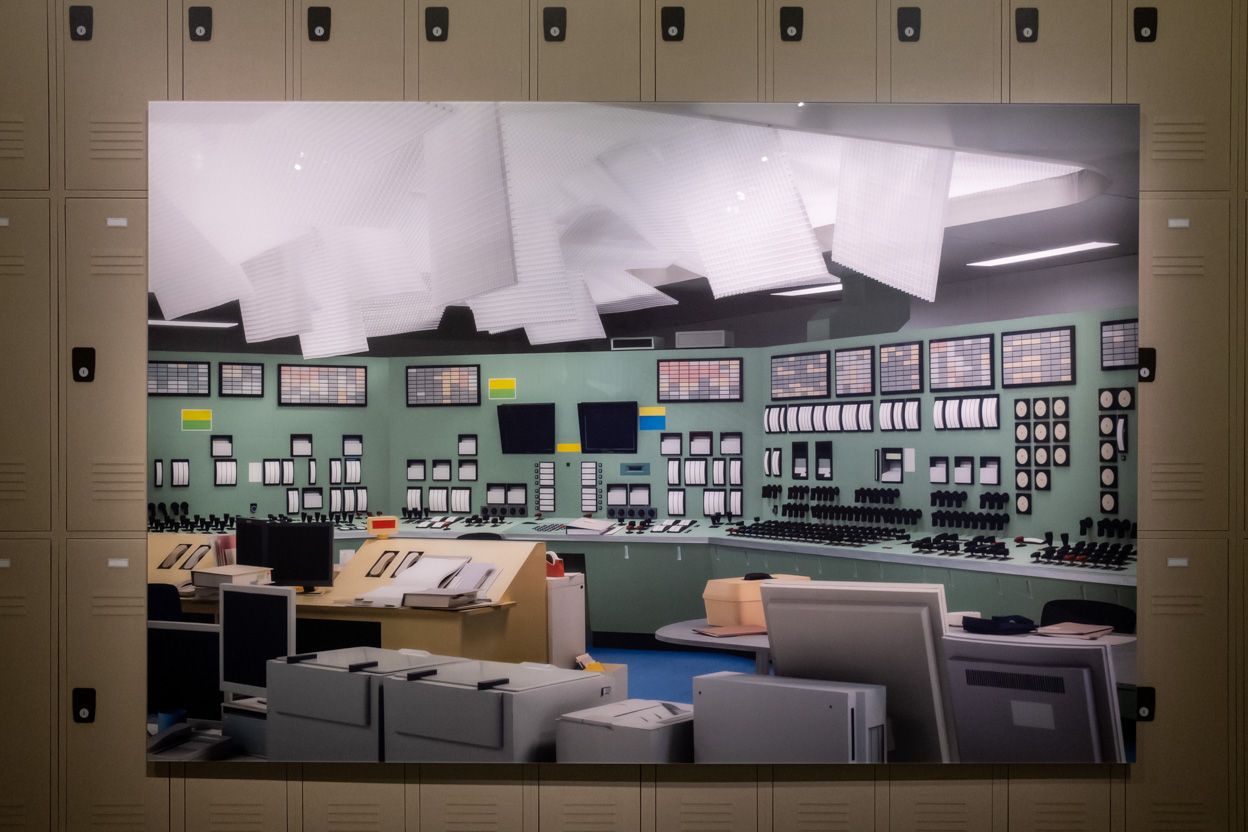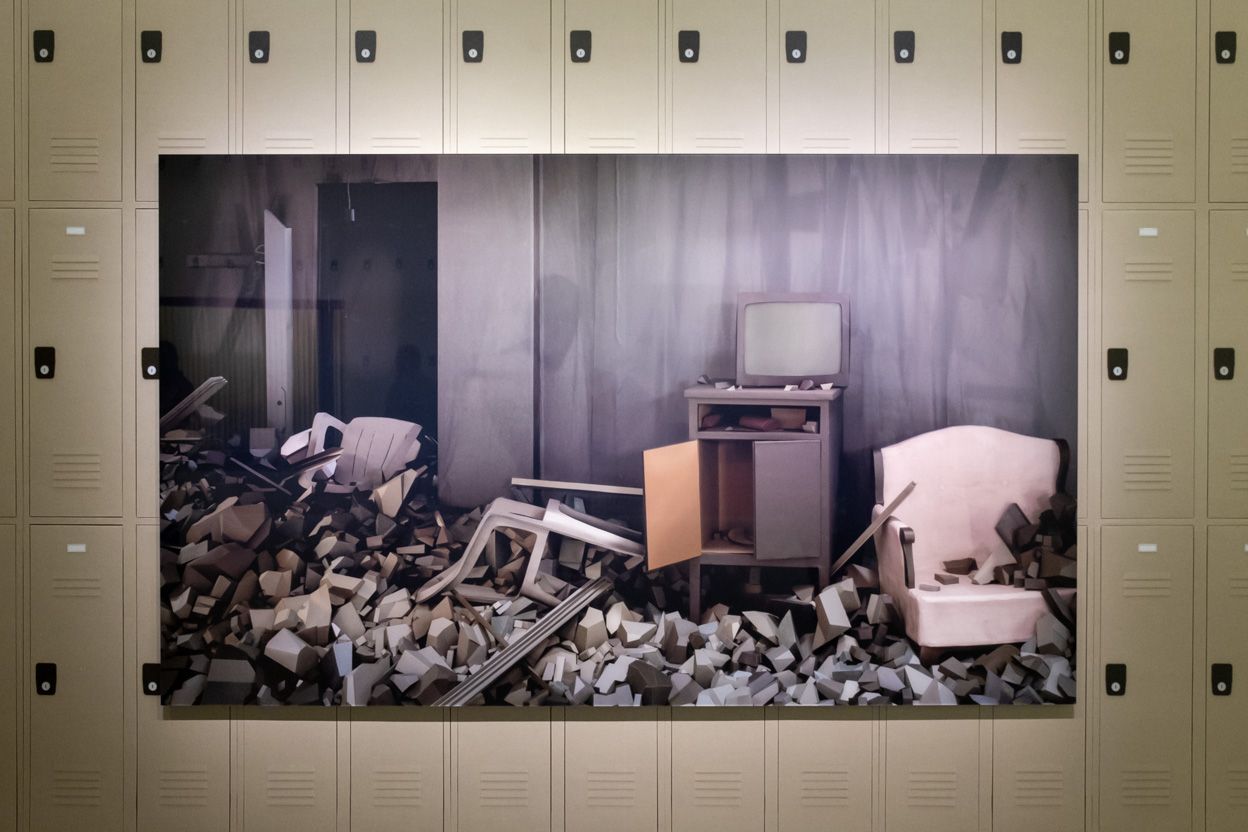Since the 1990s the German artist Thomas Demand has made a name for himself with his monumental photographs of ultra realist three-dimensional models made entirely of paper and cardboard, which he destroys after taking a photograph. Years ago, when I first encountered his work at an art gallery, it wasn’t until a gallery assistant alerted me to the fact that the photos are of cardboard models, that I looked more closely and noticed the absence of surface textures, the creases in the paper and the remnants of adhesive tape.
Many of the models are reconstructions based on media photographs: the bathtub in which a German politician was found dead, the hotel room in which Edward Snowden stayed, a ransacked office of the East German secret police and the courtyard of the building in which the Boston Marathon bomber lived.
As Thomas Demand has said of his work: “I guess the core of it is making the world into a model by redoing it and stripping off the anecdotal part, that’s when it becomes an allegory, and the project becomes a metaphor.”
The Jeu de Paume in Paris has organized a large-scale retrospective of Demand’s work to date, subtitled "Le bégaiement de l’histoire" (The stutter of history). The exhibition design is an integral part of the exhibition and while not made out of cardboard it feels like a life-size model. Some of the walls of the ground floor are covered with wallpaper representing a locker room.


Thomas Demand, Kontrollraum/Control Room (2011) (left) and Ruine/Ruin (2017) (right)
I was once again intrigued by the amount of work that must have gone into making the incredibly detailed models. "Kontrollraum/Control Room" (2011) looks like a generic industrial control room, complete with computer screens, control levers and what appear to be operating manuals. If you look closely you notice that something is amiss. The plastic tiles of the ceiling have come loose and hang above the desks. In fact the set recreates the control room of the abandoned nuclear power plant in Fukushima in the aftermath of the 2011 earthquake and tsunami. "Ruine/Ruin" (2017) shows a room reduced to rubble. It is the kind of generic image with which we have become all too familiar. It could have been an earthquake, a hurricane or a missile strike. Demand’s models and photographs are devoid of human presence, but when you look at this image you realize the human tragedy that it represents.
It is interesting to see the different directions Demand has taken, while staying true to his core practice of photographing cardboard models. Around 2008 Demand shifted his focus from historical images to everyday images for which he used snapshots taken with his phone. In his most recent work Demand has turned to the practice of model making itself, recreating the models of architecture firm SANAA and the paper patterns of fashion designer Azzedine Alaïa.
The work of Thomas Demand is a fascinating play with reality and representation. It was a joy to see a survey of his work to date.
Thomas Demand. Le bégaiement de l’histoire is at the Jeu de Paume, Paris until 28 May 2023.